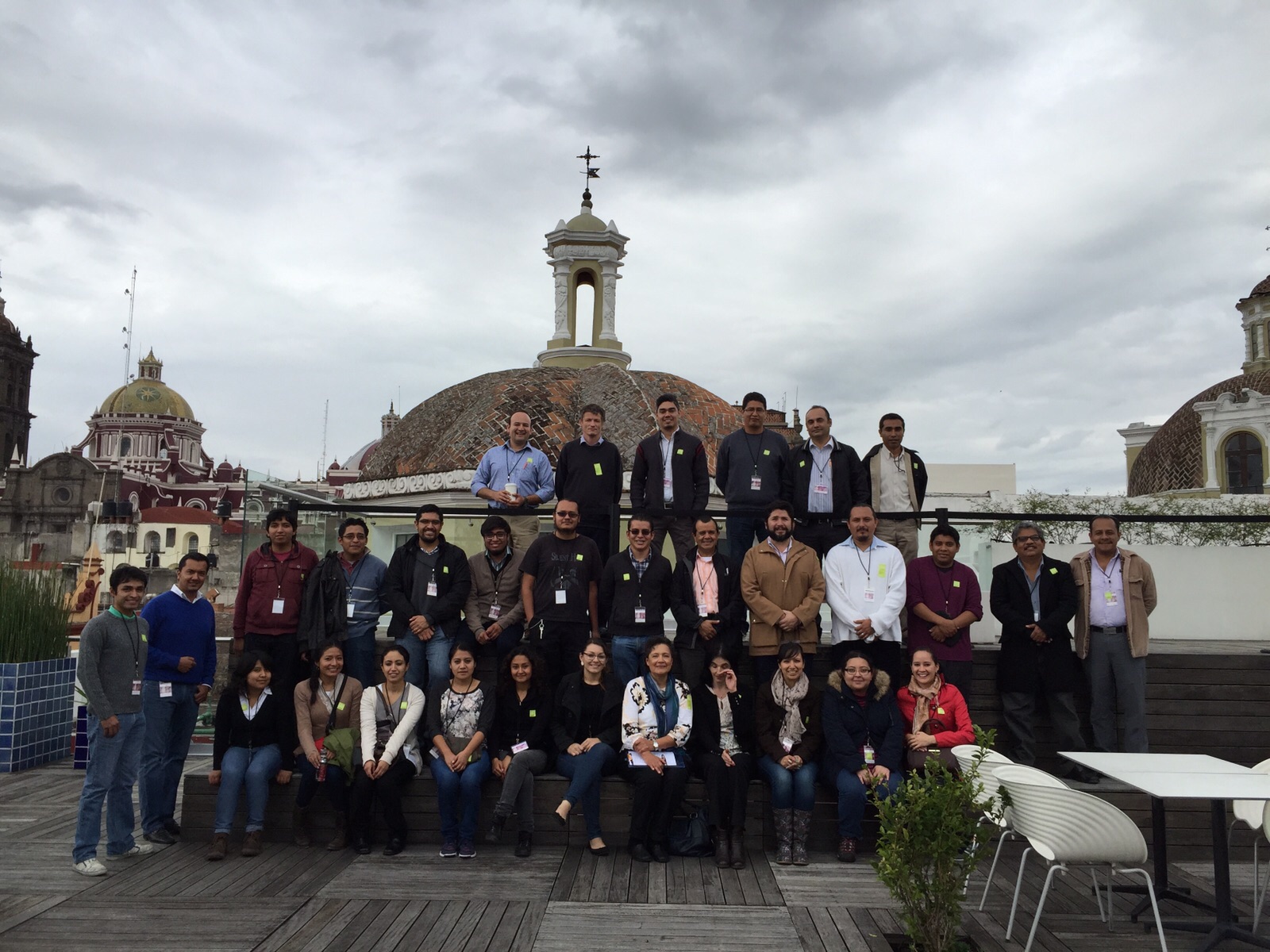Report on OpenLab Mexico 2
The first IUCr-UNESCO OpenLab Mexico partnered by PANalytical was held in November 2014 at the Institute of Geology, Universidad Nacional Autónoma de México. In 2015, PANalytical Mexico together with the Institute of Physics, Benemerita Universidad Autónoma de Puebla (BUAP), the Mexican Society of Crystallography and the IUCr organized the second edition of the IUCr-UNESCO OpenLab Mexico and Practices of X-ray Diffraction and Fluorescence to promote crystallography in Mexico once again.
The program of the IUCr-UNESCO PANalytical OpenLab Mexico 2 consisted of a four-day seminar to give the participants access to an update about how crystallography has been developed in Mexico and about different and new applications related to the X-ray diffraction technique through presentations by 13 national crystallographers and Dr Christina Hoffman, from Oak Ridge National Laboratory (TN, USA), who gave a lecture about Crystallography for deciphering the structure-property relationship in modern materials.
Testimonials
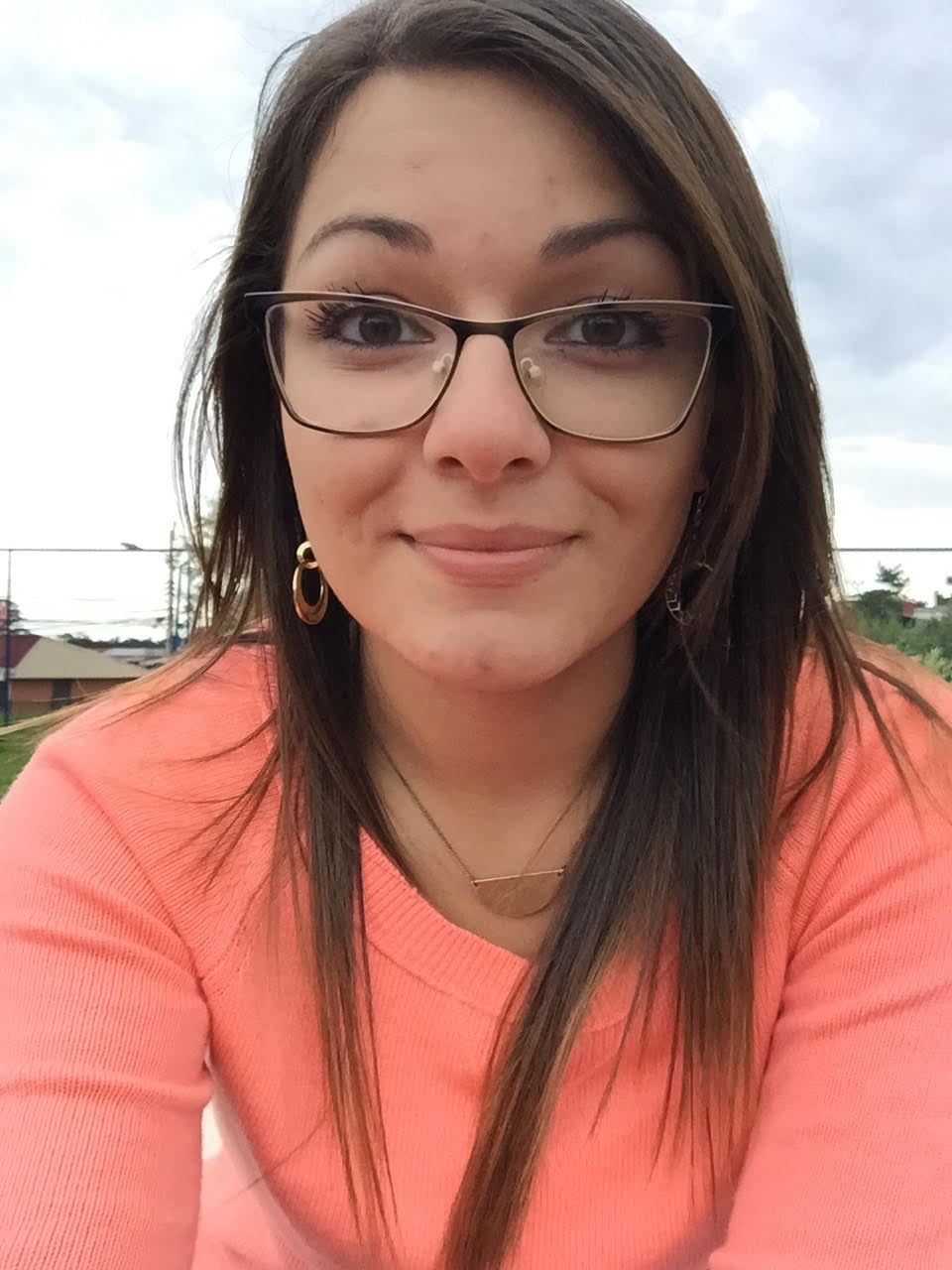 This event was very rewarding and I think all of us (attendees and invited speakers) received from this event something more than mere knowledge in the field of crystallography by hearing presentations from each of the doctors, specialists in their areas. As a student I think these events are a very useful tool in our training because besides gaining more knowledge, they guide us, and they can be a key factor at the time of choosing a master’s or doctorate in our areas. And even more when they are promoting Latin American participation as was the case of this OpenLab. I deeply thank the IUCr for the opportunity to participate in this conference, and all the attention we received from members of PANalytical Mexico, BUAP, the Mexican Association of Crystallography and all other members who participated to make this event possible.
This event was very rewarding and I think all of us (attendees and invited speakers) received from this event something more than mere knowledge in the field of crystallography by hearing presentations from each of the doctors, specialists in their areas. As a student I think these events are a very useful tool in our training because besides gaining more knowledge, they guide us, and they can be a key factor at the time of choosing a master’s or doctorate in our areas. And even more when they are promoting Latin American participation as was the case of this OpenLab. I deeply thank the IUCr for the opportunity to participate in this conference, and all the attention we received from members of PANalytical Mexico, BUAP, the Mexican Association of Crystallography and all other members who participated to make this event possible.
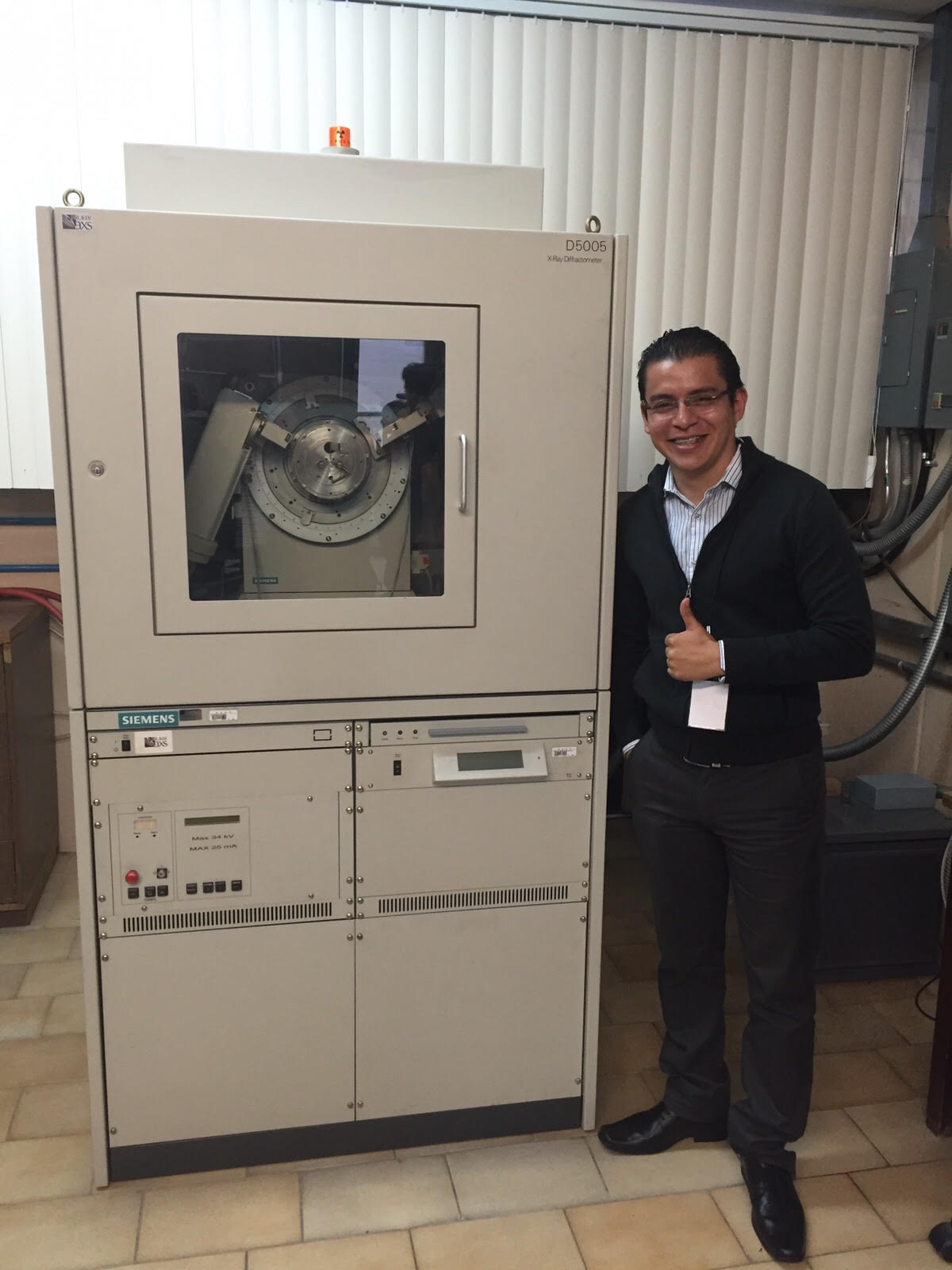 I would like to express my gratitude for the opportunity to attend the OpenLab …. The lectures were high level and interesting, with useful content to apply in my engineering career. These lectures about the latest technologies allow me to have a broader view of what I can bring to my country to develop the area of research and development in mineralogy and crystallography in the fields of archaeology, gemology (Guatemala is one of the leading exporters of jade worldwide), exploration and characterization of new materials applied to the building segment.
I would like to express my gratitude for the opportunity to attend the OpenLab …. The lectures were high level and interesting, with useful content to apply in my engineering career. These lectures about the latest technologies allow me to have a broader view of what I can bring to my country to develop the area of research and development in mineralogy and crystallography in the fields of archaeology, gemology (Guatemala is one of the leading exporters of jade worldwide), exploration and characterization of new materials applied to the building segment.
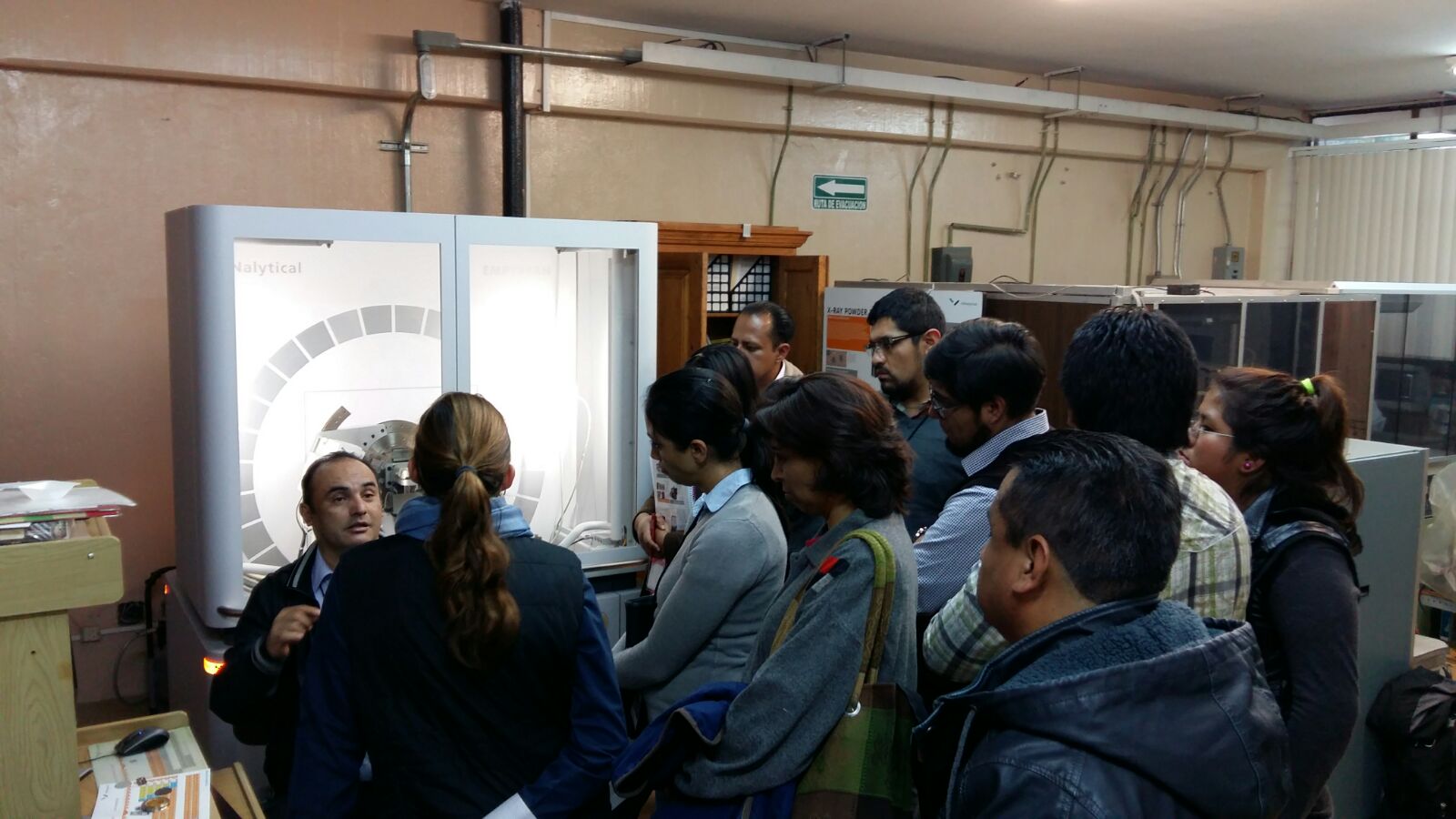
The program started with an introduction to the activities of the Mexican Society of Crystallography (SMCr) by its Public Relations Secretary, Dr Lauro Bucio, who also showed some application of the Rietveld method in the cement industry. Indeed most of the lectures focused on special applications of powder X-ray diffraction techniques, such as High Resolution XRD and Reciprocal space mapping in semiconductors (Dr Miguel A. Vidal), Crystallography in Gemology (Juan Carlos Cruz), Graphic representation for the crystal structures of ceramic materials (Dr Sylvain Bernes), Amorphous material determination by the K-factor method, X-Ray Diffraction and Beyond and In Situ methods (Dr Jorge Pablo González), Polymorphism in proteins (Dr Abel Moreno Carcamo), Crystallography in Earth Science (Dr Teresa Pi Piug), The Debye Ring (Dr Luis Fuentes Cobas), Dielectric Ceramics: Structural control of their properties (Dr Ulises Salazar) and Surface impurities on selenite giant crystals from Naica, Mexico (Dr Maria Elena Montero). This certainly gave a broad overview of the potentialities of the methods and inspired the young researchers with such a range of research topics.
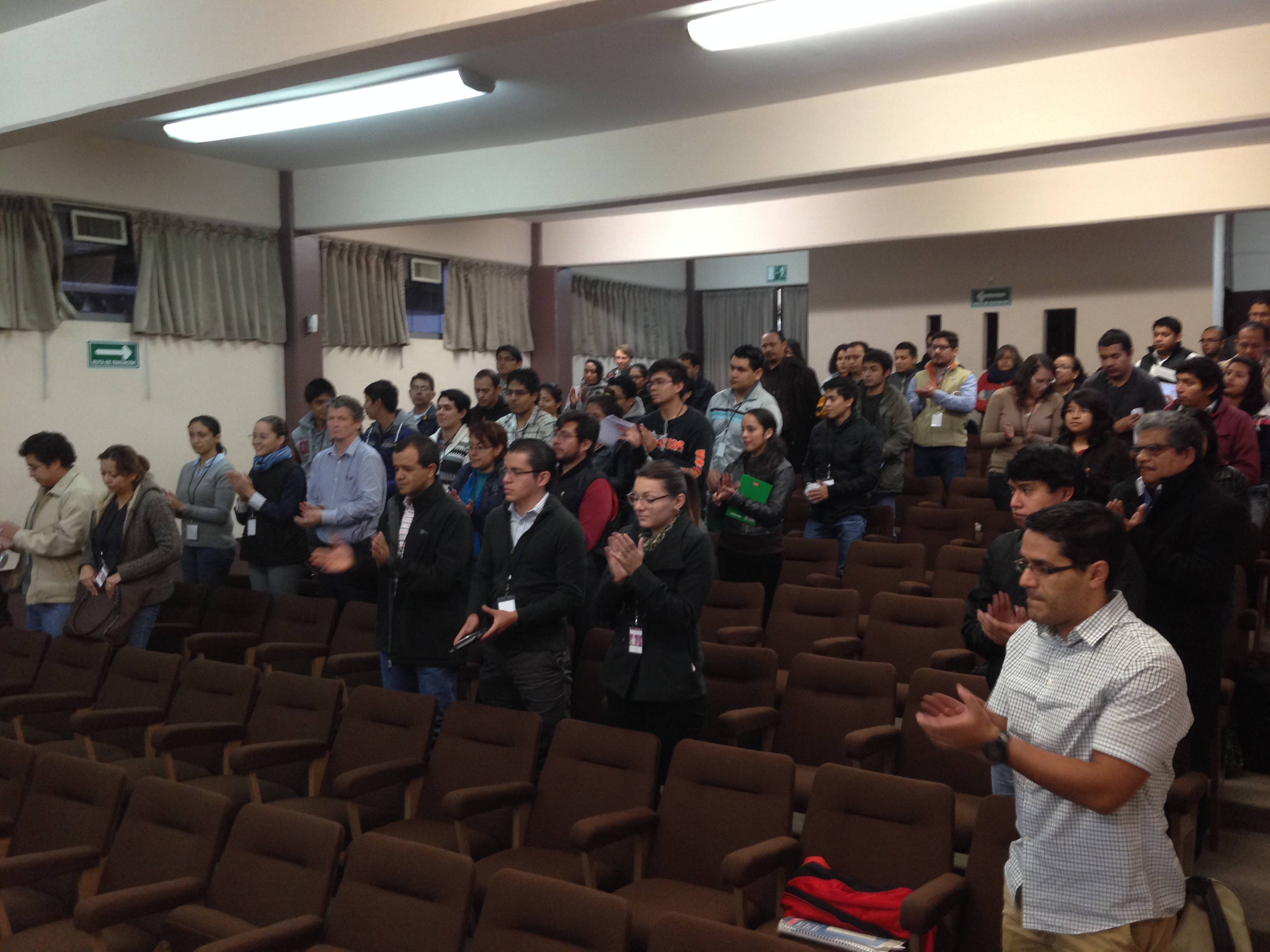
In addition, three practical sessions were organized, which included basic and advanced measurements using the Empyrean X-ray diffractometer and the small but powerful Epsilon 1 XRF spectrometer. The sessions were led by Jorge Pablo Gonzalez and Alejandro Magno Villa (both from PANalytical Mexico), who demonstrated the analytical flexibility of the XRD technique through the use of different accessories, and the practicality of an XRF benchtop system.
Places were limited to 80 people. We received applications from about 120 people, showing a high interest in crystallography in the country.
In the spirit of promoting intra-regional cooperation, the IUCr supported travel and accommodation expenses for Elvis García, a student from the University of Guatemala and Scarlett García, a student from the University of Costa Rica to attend the OpenLab (read their testimonials in the box on the left). The main objective was to support the emerging countries of Central America by inviting students to an important event that they don’t always have the opportunity to attend.
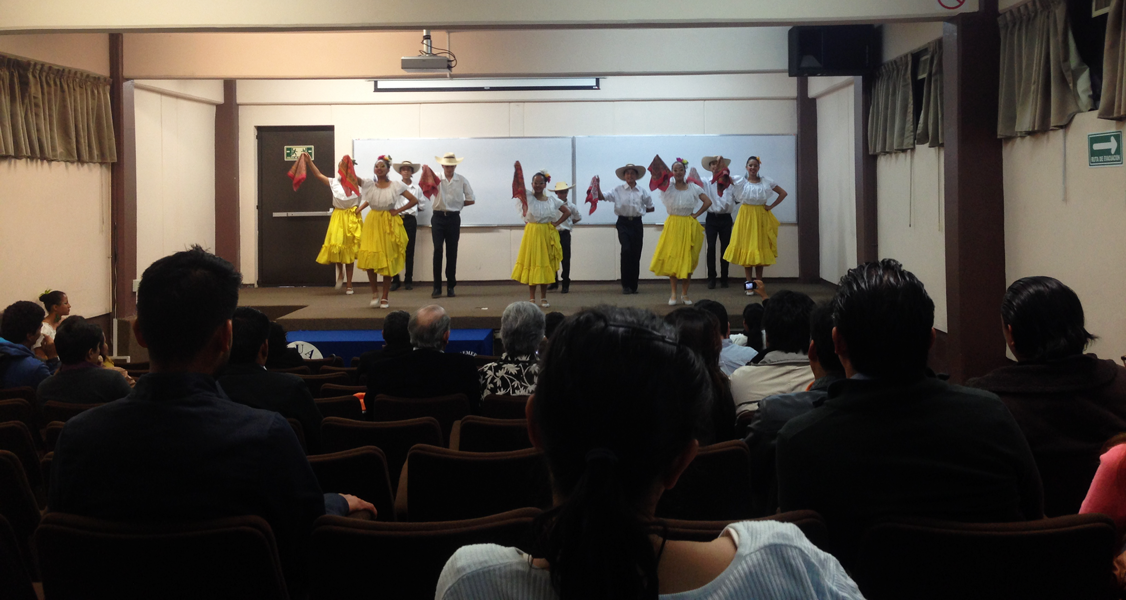
PANalytical offered coffee breaks and lunch every day of the event, and a folkloric show and dinner on October 1st. Forty-seven high-school students from the Freinet Prometeo Institute visited the OpenLab venue to participate in a couple of crystallographic activities. As part of an optional social activity, 30 OpenLab attendees along with BUAP/PANalytical personnel visited the Amparo Museum in downtown Puebla on September 30th to view exhibitions of pre-Hispanic and colonial objects.
The objective of promoting crystallography in Mexico was once again achieved, and we are very pleased to announce that everyone was delighted with the contents of this year’s program, such that we were asked about next year’s OpenLab dates and location. Therefore, in order to continue to promote crystallography in Mexico and give the opportunity to all the people who took the time to apply, we are aiming to organize a similar event in 2016.
I would like to give special thanks to Dr Maria Eugenia Mendoza, Dr Ulises Salazar, Leonel San Román, Dr Lauro Bucio, Juan Carlos Madrid, Jorge Gonzalez, Alejandro Villa and Dr Michele Zema from the IUCr, who supported the organization of this event.
Looking forward to the next OpenLab!
Luis Miguel Martinez, Marketing Specialist, PANalytical MexicoVisit the homepage of the OpenLab Mexico 2 | See a photo album on facebook



